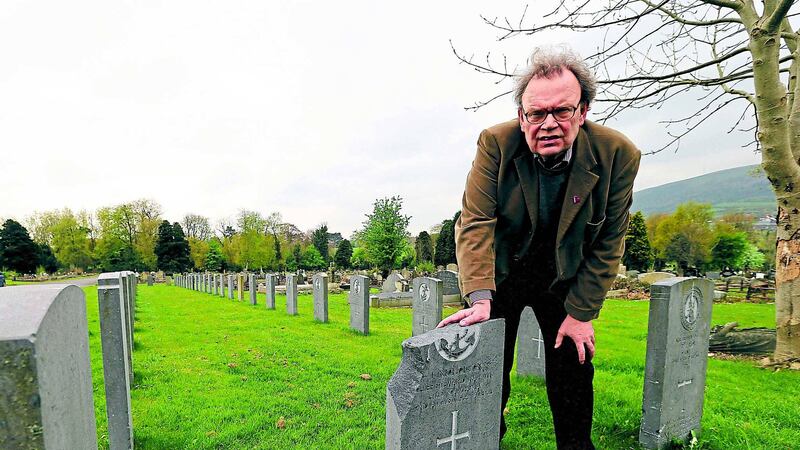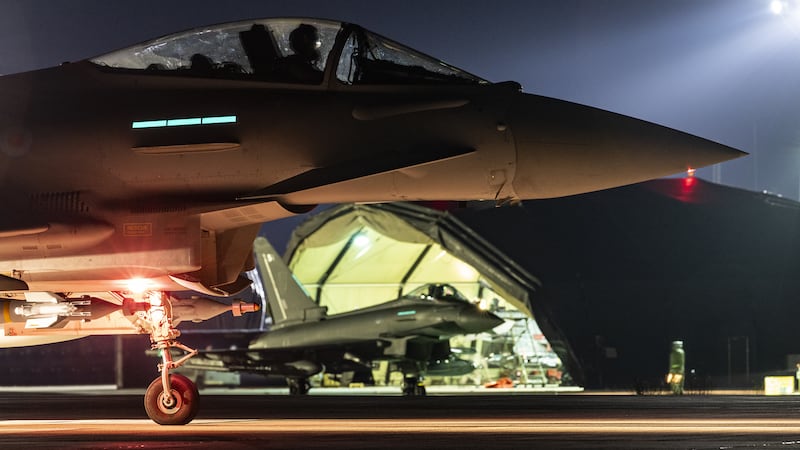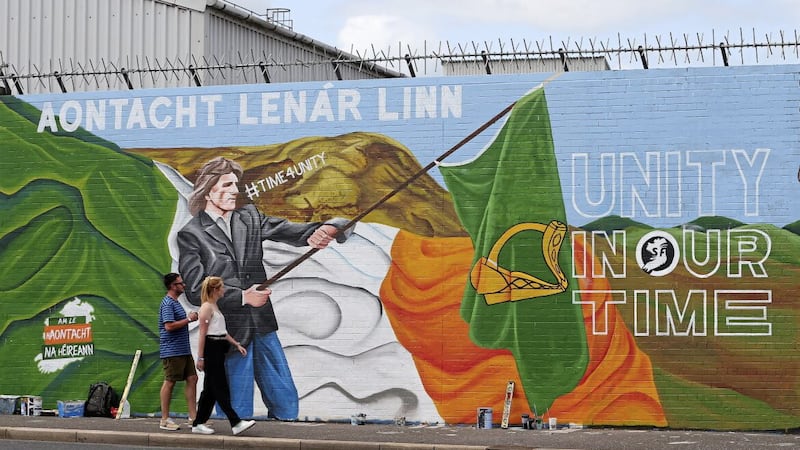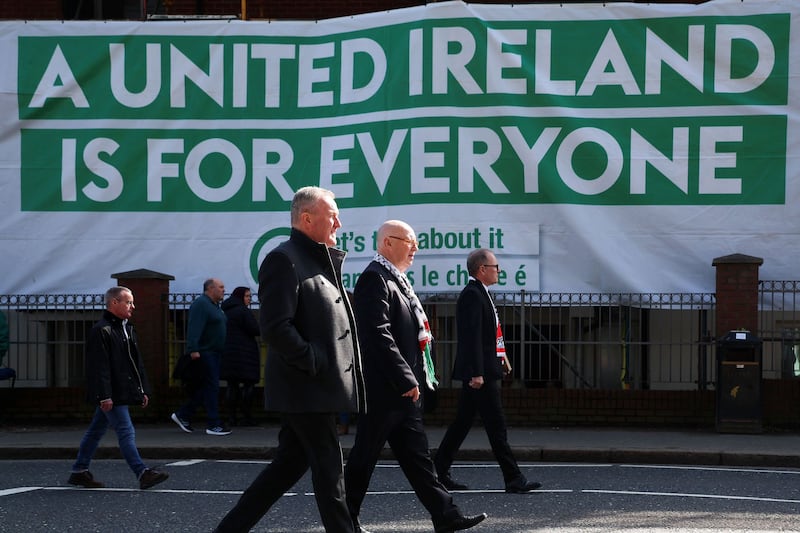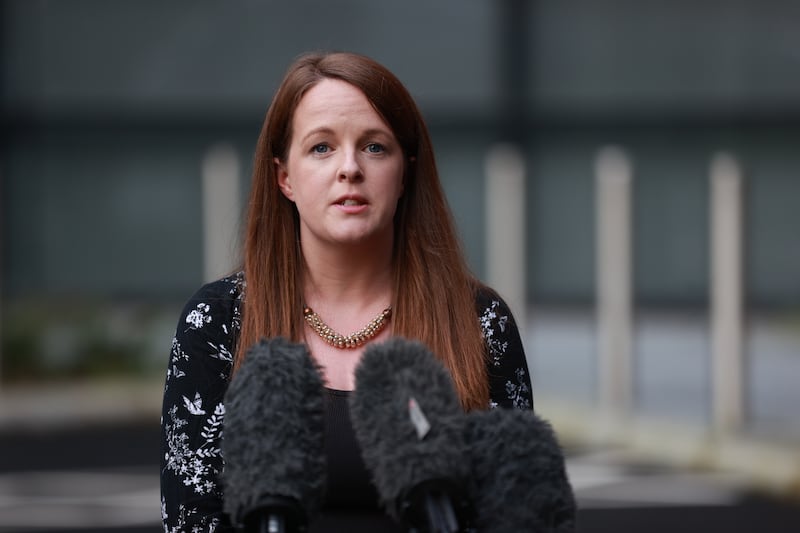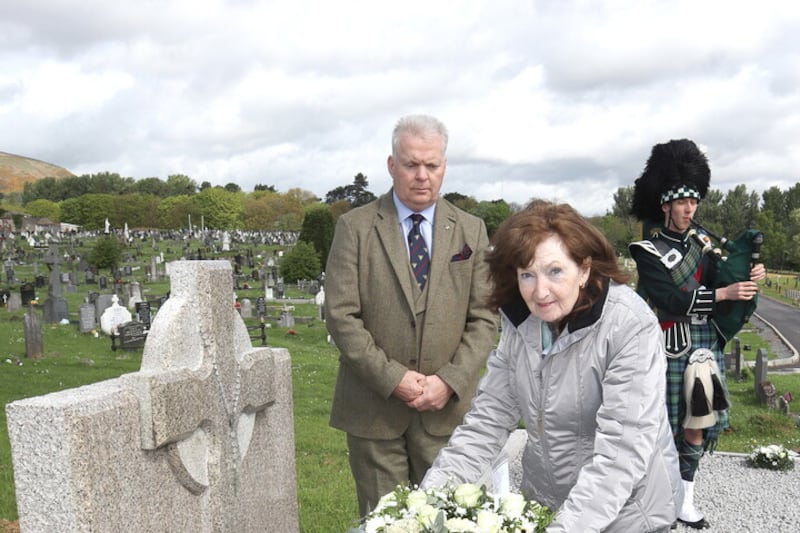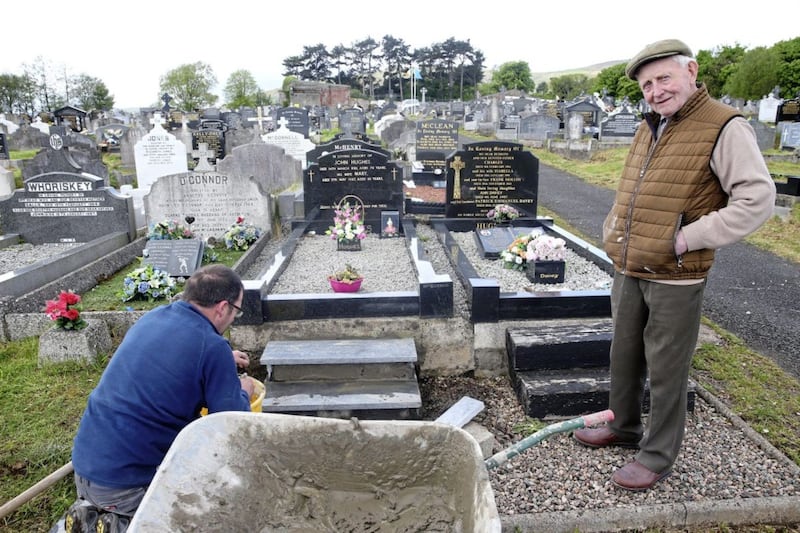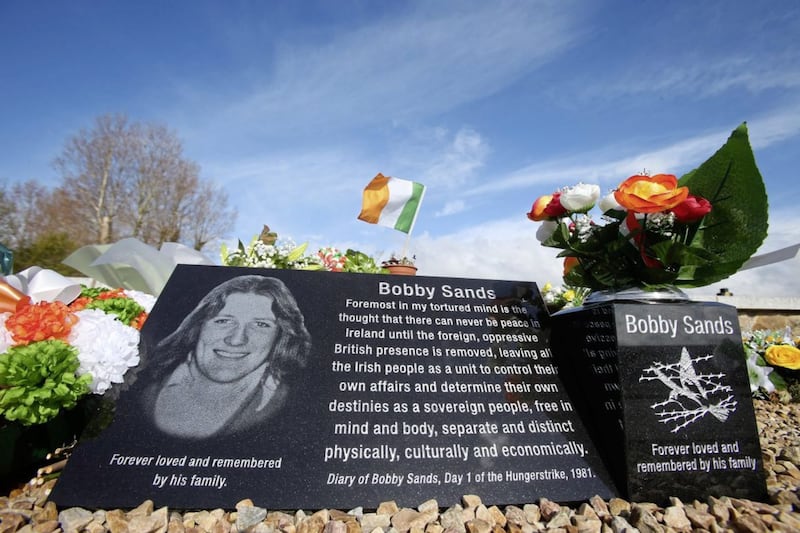THE last place you would think about spending time - as a place of interest - is a graveyard.
For many people graveyards are a reminder of one's mortality. Duty and love to one's family buried there tends to be the sole reason for a visit.
They are places of sorrow where unsettling memories are brought to the surface.
Tom Hartley has spent many years studying, touring, talking about the people who rest in Belfast's two main graveyards, Milltown and the City.
Over the years he has absorbed the history of the people who are buried there and written two books, the most recent launched at the start of this year's Féile an Phobail, Milltown Cemetery.
Milltown Cemetery is a companion volume to Tom's first book, Belfast City Cemetery.
Taken together both books reflect a complex history of their lives and their political beliefs are a cameo of Ireland's tortured and conflicted past and present.
Essentially Milltown Cemetery is the story of the Catholic community of Belfast as it struggles to find its place in a unionist city and a country in political turmoil in the decades immediately before and after partition.
Their lives are also reflected in their 'institutions' such as the Catholic Church and the myriad of other political groups, economic, social, cultural and sporting.
Politics shape the narrative of Milltown. The headstones are like paragraphs in a book each speaking to you in the briefest of words of lives lived, some for a very short period of time, others longer.
Tom Hartley, with a microscopic eye and the hand of a patient painter, has diligently presented a wonderful picture of interest about how Belfast and its people buried in both cemeteries affected the history of Belfast and the rest of the Irish nation and beyond.
Milltown Cemetery is a lively and detailed record of mill workers, labourers, clergy, Italian immigrants, victims of the Blitz, IRA volunteers, soldiers of both world wars, political activists, victims of the Troubles and of the poor in unmarked graves.
It is a story of entrepreneurs, like the bakers, Kennedy and Hughes, artists and painters, musicians and craftsmen, of architects, German clock makers and jewellers, harp makers and uillean pipers, like the McPeakes, and Gaelic footballers and hurlers and soccer players and other sports enthusiasts.
In the book I discovered I am related to Cathal O'Byrne of As I Roved Out fame. He is the brother of my great-grandmother, Mary Simms, and is buried with her. He too was a columnist for The Irish News.
Political allegiances divided families like the Corvins - the father was an RIC officer, his two sons were in the IRA, one fighting on the pro-Treaty side the other, the anti-Treaty.
Joe McKelvey, a senior IRA figure with three other prisoners in Mountjoy, was shot by Free State forces. His father had also been in the RIC.
The book captures the scale of the pogrom and terror against the Catholic people of Belfast following partition. Between 1920 and 1922 of over 500 fatalities 300 were Catholics.
The names of all those who died in those years are published courtesy, in part, by the research of Artur Fegan of Belfast.
Winifred Carney, feminist, socialist and republican who was with James Connolly in the GPO in 1916 is buried there as is Marie Drumm, vice-president of Sinn Féin assassinated in the Mater Hospital by loyalists.
The book also records the names of children killed in the conflict, including eight by plastic and rubber bullets.
Angela Gallagher was 17 months old when she tragically died in 1971. Paula Strong was six-and-a-half and her friend Claire Hughes was four-and-a-half when they died in a car bomb explosion.
Michael Walsh was seven and his cousin Joseph was eight months when both were killed in violence in 1922. And Elizabeth Cameron was eight when she died in 1886 in political violence.
The peacemaker, Fr Alec Reid, who died last year, is recorded.
At the grave of Patricia Kavanagh and her 18-month-old son Francis we are reminded about a plane crash at Nutts Corner in 1953 in which 27 people died.
Tom Hartley's love of Belfast and its people has certainly immortalised those who lie in peace and rest in Milltown Cemetery.
